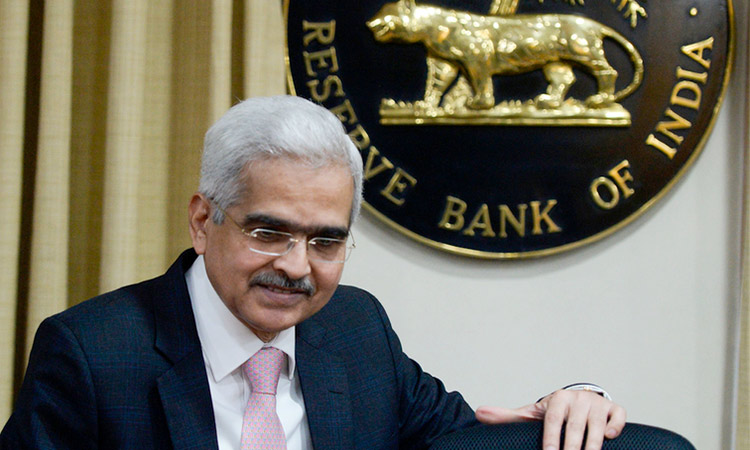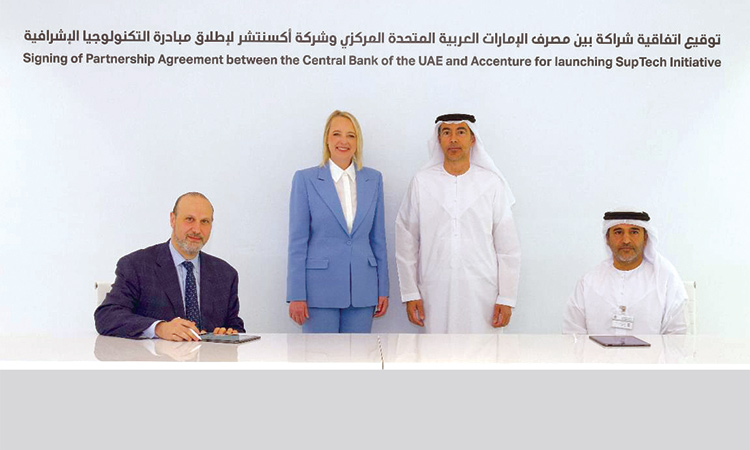India registers 13 per cent rise in FDI during 2020, says UNCTAD

Employees work at the assembly line of a mobile phone company in Noida, India. File/Reuters
Foreign Direct Investments (FDI) into India rose 13 per cent in 2020, backed by investments spectacular into the digital sector, said a report by the United Nations Conference of Trade and Development (UNCTAD).
The growth in FDI into India was witnessed despite a slump in investments into other developing economies. FDI flows to developing economies decreased by 12 per cent to an estimated $616 billion and they accounted for 72 per cent of global FDI, the highest share on record, the UNCTAD report said.
In a tweet UNCTAD said: “China and India were two major outliers in a gloomy year for foreign direct investment. The two nations recorded positive FDI growth in 2020 even as global levels sunk to lows not seen since the 1990s.”
Global FDI collapsed in 2020, falling 42 per cent from $1.5 trillion in 2019 to an estimated $859 billion, according to the UNCTAD Investment Trends Monitor.
Such a low level was last seen in the 1990s and is more than 30 per cent below the investment trough that followed the 2008-09 global financial crisis.
Despite projections for the global economy to recover in 2021, albeit hesitant and uneven, UNCTAD expects FDI flows to remain weak due to uncertainty over the evolution of the Covid-19 pandemic. The organisation had projected a 5-10 per cent FDI slide in 2021 in last year’s World Investment Report.
“The effects of the pandemic on investment will linger,” said James Zhan, director of UNCTAD’s investment division. “Investors are likely to remain cautious in committing capital to new overseas productive assets.”
Meanwhile, proceeds from initial public offerings (IPOs) in the country surged 61 per cent last year to over $4.09 billion, showed an EY report on Sunday.
The ‘EY India IPO Trends Report: Q4 2020’ showed that the increase in IPO proceeds came despite the fact that the number of IPOs in 2020 was just 43, down 33 per cent from 2019.
It said that the fourth quarter of 2020 saw a strong rebound in IPO activity and market sentiment remains positive.
“Real estate, hospitality and construction, diversified industrial products were the most active sectors (in terms of the number of IPOs) with three IPOs launched in each sector (including main and SME markets),” it said.
In terms of the issue size, the IPO by Gland Pharma Ltd from the life sciences sector was the largest in Q4 2020 with proceeds of $869 million.
Sandip Khetan, Partner and National Leader, Financial Accounting Advisory Services (FAAS), EY India, said: “There is a strong momentum in the IPO markets, and we are seeing an increased interest from companies across sectors looking to raise capital in the near term. Additionally, companies are keenly awaiting guidelines for direct listing in overseas markets.”
“The market sentiment remains positive for what could be a stellar 2021,” he said.
As per the report, Indian stock exchanges, BSE and NSE including SMEs, ranked ninth in the world in terms of the number of IPOs in full year of 2020. There were no cross-border deals during the year.
In the main markets, BSE and NSE, there were ten IPOs in Q4 2020 against five IPOs in Q4 2019 and four IPOs in Q3 2020.
As regards to SME markets, there were nine IPOs in Q4 2020 against six and four IPOs in Q4 2019 and Q3 2020, respectively.
Separately, the Reserve Bank of India (RBI) is expected to rein in any sharp appreciation in rupee due to hefty FIIs’ inflows during the upcoming week.
Experts contend that effects of large FIIs’ inflows will be neutralised by the RBI as it aims to keep the country’s exports competitiveness.
“Rendezvous with 73 is becoming interesting, with RBI defending it and showing resolve that chunky capital flows should not lead to a strong rupee and hurt India’s trade deficit,” said Sajal Gupta, Head, Forex and Rates, Edelweiss Securities.
“The RBI has made it clear that sovereign interest is paramount even at risk of being on the watch list for regular interventions. Equity markets look shaky now after a historical upmove and trade deficit rising strongly suggests that rupee strength might not come easy going forward.”
The RBI is known to enter the markets via intermediaries to either sell or buy US dollars to keep the rupee in a stable orbit.
Recently, the RBI was called out by the US Treasury Department to curtail its market activities.
“Rupee has appreciated back to 73 levels. In September month, when rupee came near these levels, RBI bought dollars aggressively and did not allow it to strengthen further,” said Devarsh Vakil- Deputy Head of Retail Research at HDFC Securities.
“We believe the RBI will step in now and protect the rupee’s competitiveness this time also. We expect rupee to reverse its recent appreciating trend in next few weeks. 72.9 is a strong support for the coming week.”







